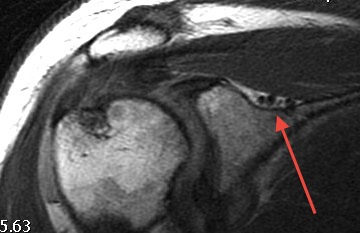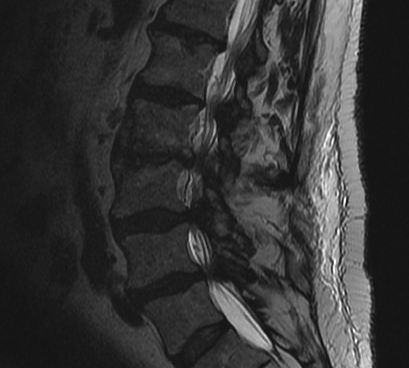Central Cord Syndrome
Epidemiology
Most common pattern cord injury
Hyper-extension injury in middle aged man with osteoarthritic spine
Usually C3/4 and C4/5
Mechanism
Most common type / in older patient with pre-existing spondylosis / OPLL
- hyperextension injury
- compression of the cord
- anteriorly by osteophytes
- posteriorly by infolded ligamentum flavum


